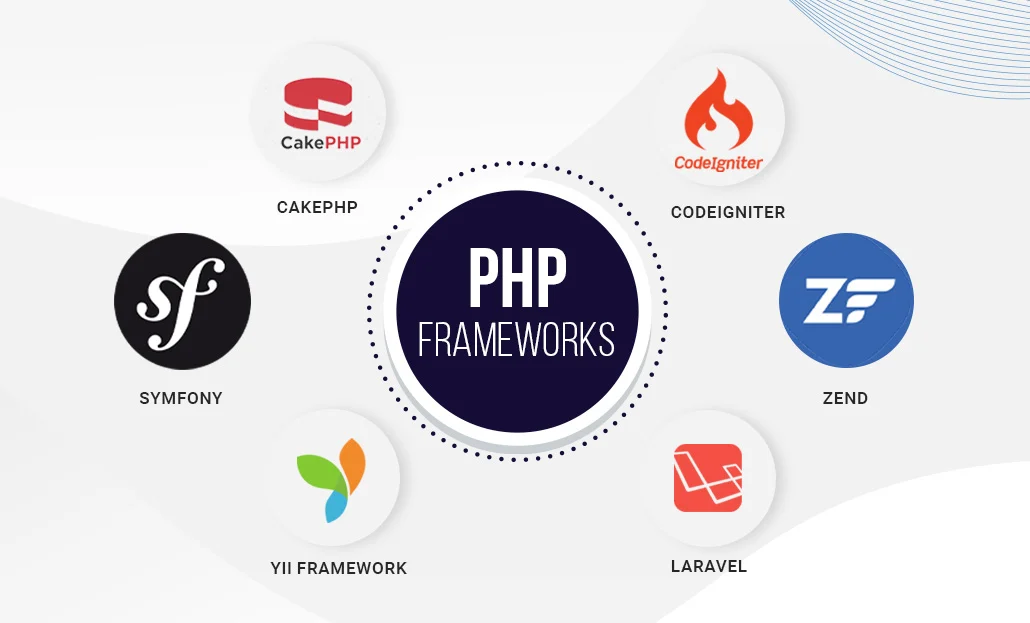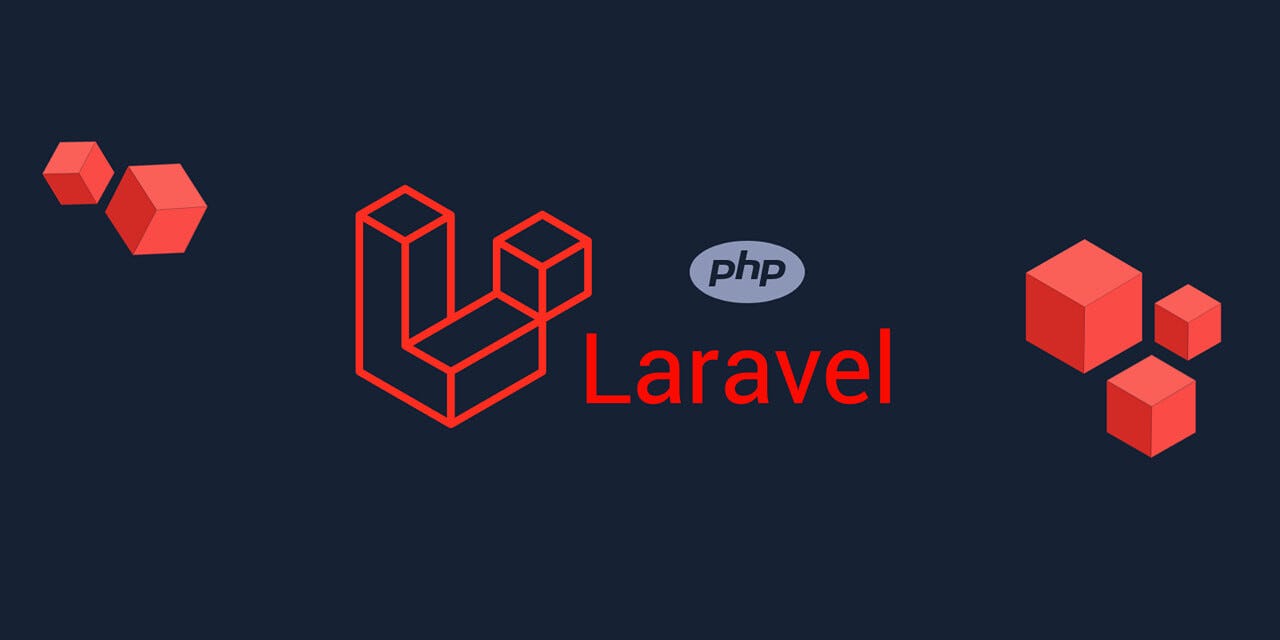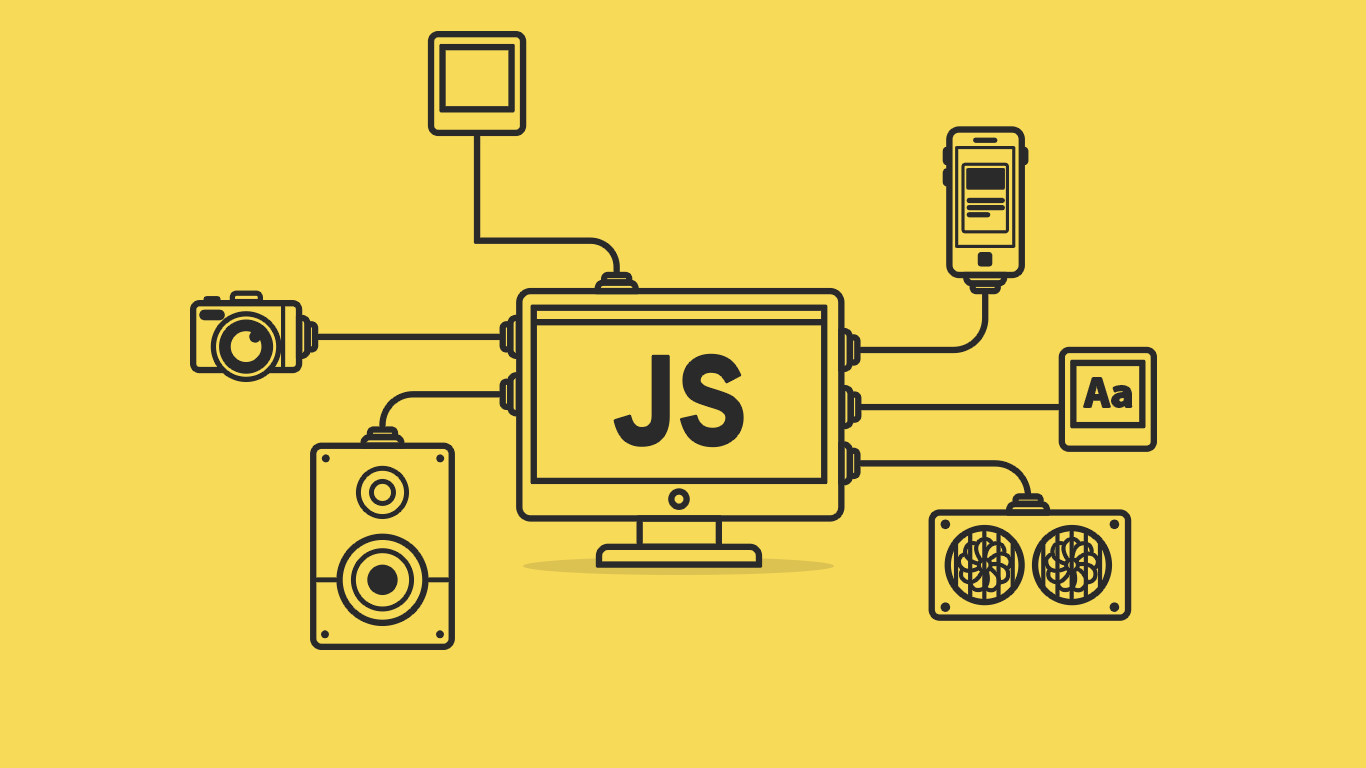Accordion summary...
Accordion body...
Laravel is a popular open-source PHP web framework created by Taylor Otwell in 2011. It follows the MVC (Model-View-Controller) architectural pattern and is known for its elegant syntax and robust features.
Debugging a Laravel application involves systematically identifying, analyzing, and fixing errors or unexpected behaviors in your code. This process typically includes using Laravel's built-in debugging tools like the error handler, logging system, and debugging functions (dd(), dump(), ddd()), alongside third-party tools such as Laravel Debugbar and Laravel Telescope for comprehensive insights. Developers can trace database queries, monitor application performance, inspect request/response cycles, and analyze stack traces through these tools.
?
The process also involves checking environment configurations, reviewing error logs, using IDE debugging features with Xdebug integration, and implementing proper error handling mechanisms. Laravel's robust debugging ecosystem allows developers to efficiently pinpoint issues across different application layers, from database interactions to view rendering, while maintaining different debugging configurations for local development and production environments.
Let me explain the most effective ways to debug a Laravel application:
- Laravel Debug Bar
- Install via Composer: composer require barryvdh/laravel-debugbar --dev
- Provides real-time information about:
- Database queries and execution time
- Request/Response data
- Views and data passed to them
- Session and cache data
- Route information
- Error Handling & Logging
php Copy// In .env file APP_DEBUG=true LOG_LEVEL=debug
eststststs// Custom logging in code
Log::debug('Debug message', ['data' => $someData]);
Log::info('Info message');
Log::error('Error message', ['exception' => $e]);
- Dump and Die Functions
php Copydd($variable); // Dump and die dump($variable); // Dump and continue ddd($variable); // Dump, die, and debug ray($variable); // Using Spatie Ray // Multiple variables dd($var1, $var2, $var3);
- Query Debugging
php
Copy// Log all queries
DB::listen(function($query) {
Log::info(
$query->sql,
[
'bindings' => $query->bindings,
'time' => $query->time
]
);
});
// Debug specific query
$users = DB::table('users')
->where('active', 1)
->toSql(); // Shows the raw SQL
- Exception Handling
php
Copytry {
// Your code
} catch (\Exception $e) {
Log::error('Error message', [
'message' => $e->getMessage(),
'file' => $e->getFile(),
'line' => $e->getLine(),
'trace' => $e->getTraceAsString()
]);
}
- Using Telescope (Laravel's Debug Assistant)
bash Copycomposer require laravel/telescope --dev php artisan telescope:install php artisan migrate
- Monitors:
- Requests/Responses
- Database queries
- Cache operations
- Queue jobs
- Scheduled tasks
- IDE Integration
Use PHPStorm or VSCode with Laravel plugins
Enable Xdebug for step-by-step debugging
php Copy// Config
debugging-a-laravel-application-efficientlyure Xdebug in php.ini xdebug.mode=debug xdebug.start_with_request=yes
- Testing Specific Routes
php
CopyRoute::get('test', function() {
return response()->json([
'data' => $testData,
'debug' => debug_backtrace()
]);
});
- Environment-Specific Debugging
php
Copyif (app()->environment('local')) {
// Debug code here
}
https://simplepress.237coders.site/web-dev/why-laravel-is-just-the-best-php-framework
Best Practices:
- Use Environment Variables
- Keep APP_DEBUG=false in production
- Use different log levels for different environments
- Handle Sensitive Data
Never dump passwords or sensitive information
Use protected/hidden attributes in models
- Clean Up Debug Code
Remove debugging statements before deployment Use version control to track debugging code
- Use Custom Exception Handlers
php
Copyclass Handler extends ExceptionHandler
{
public function register()
{
$this->reportable(function (CustomException $e) {
// Custom handling
});
}
}
- Implement Proper Error Logging
- Use structured logging
- Include context with errors
- Set up proper log rotation
Would you like me to elaborate on any of these debugging techniques or explain specific debugging scenarios?









